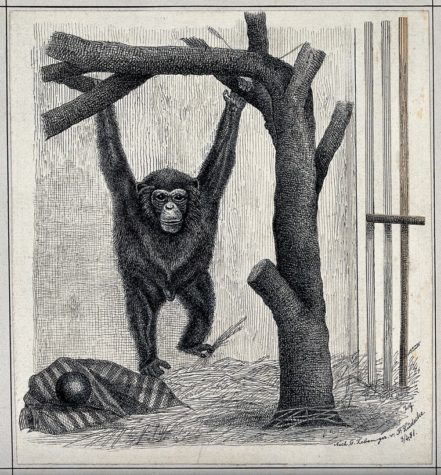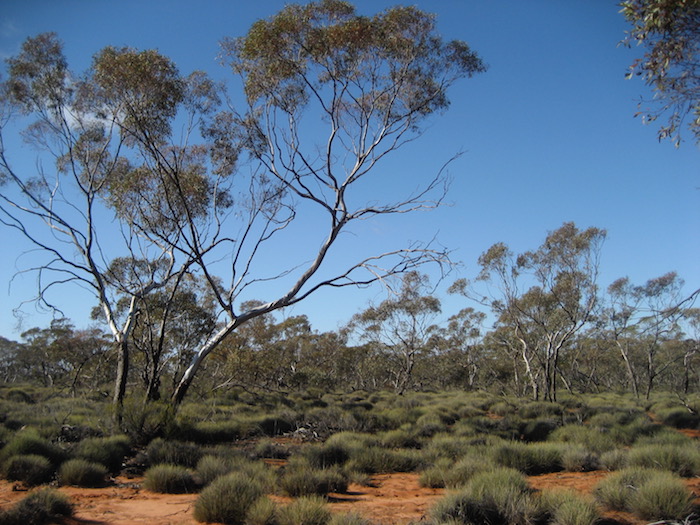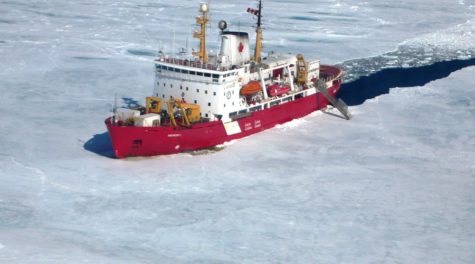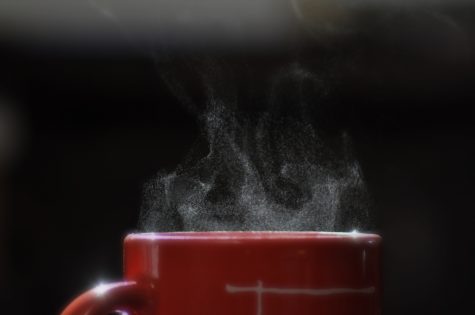 I was snooping around an old uranium mill the other day in southern Utah, taking advantage of an unusually warm January day in the desert to explore washes, ridges, and places where I could hunt for artifacts. You’ll find here glass bottles, metal tags, and pieces of machinery. It was a field mill, looked like 1950s by the decay. No bigger than a one-bedroom house, it had been reduced to some crackled concrete walls and durable trash, glass, plastic, metal. Bolts, broken tea cups, bottle caps. It had been built near a steep gully above a dry wash, and its ruins were crumbling into sandy, ashen soil.
I was snooping around an old uranium mill the other day in southern Utah, taking advantage of an unusually warm January day in the desert to explore washes, ridges, and places where I could hunt for artifacts. You’ll find here glass bottles, metal tags, and pieces of machinery. It was a field mill, looked like 1950s by the decay. No bigger than a one-bedroom house, it had been reduced to some crackled concrete walls and durable trash, glass, plastic, metal. Bolts, broken tea cups, bottle caps. It had been built near a steep gully above a dry wash, and its ruins were crumbling into sandy, ashen soil.
In this dark soil, instead of prospector artifacts, I began finding sherds of pre-Columbian pottery, some painted with lines of black paint on white clay. This was Pueblo ancestry, between 800 and 1,000 years ago, shattered pieces of jar necks and bowls from a cliff- and pithouse-dwelling people who still grow corn in the desert mesas and riversides of northern Arizona and northern New Mexico.
The mill had been built on a prehistoric kiln site, ground still discolored from the number of fires that happened here, ceramic pieces broken and left around as temper and trash. Sticking out of the soil near the base of a brushy sage was the end of a sea shell. I pulled from the ground the neat little capsule of an olivella shell. I hadn’t seen one of these in years. Last time I remember was a cave in southwest Arizona, a hundred miles from an ocean. These kinds of shells were transported across the Southwest, and went on to Texas and Oklahoma. They were moved by foot, carried in satchels, baskets, and woven cotton bags, some made on looms and given intricate colors and patterns.
The olivella in my hand was a type that would come from either southern California or high in the crotch of the Sea of Cortez between Baja and mainland Mexico. Continue reading →




 I was snooping around an old uranium mill the other day in southern Utah, taking advantage of an unusually warm January day in the desert to explore washes, ridges, and places where I could hunt for artifacts. You’ll find here glass bottles, metal tags, and pieces of machinery. It was a field mill, looked like 1950s by the decay. No bigger than a one-bedroom house, it had been reduced to some crackled concrete walls and durable trash, glass, plastic, metal. Bolts, broken tea cups, bottle caps. It had been built near a steep gully above a dry wash, and its ruins were crumbling into sandy, ashen soil.
I was snooping around an old uranium mill the other day in southern Utah, taking advantage of an unusually warm January day in the desert to explore washes, ridges, and places where I could hunt for artifacts. You’ll find here glass bottles, metal tags, and pieces of machinery. It was a field mill, looked like 1950s by the decay. No bigger than a one-bedroom house, it had been reduced to some crackled concrete walls and durable trash, glass, plastic, metal. Bolts, broken tea cups, bottle caps. It had been built near a steep gully above a dry wash, and its ruins were crumbling into sandy, ashen soil.
 I used to take opioids for pain. Every day. Numerous times a day. I didn’t abuse the drugs; I was prescribed them for legitimate reasons and I used them as directed.
I used to take opioids for pain. Every day. Numerous times a day. I didn’t abuse the drugs; I was prescribed them for legitimate reasons and I used them as directed.